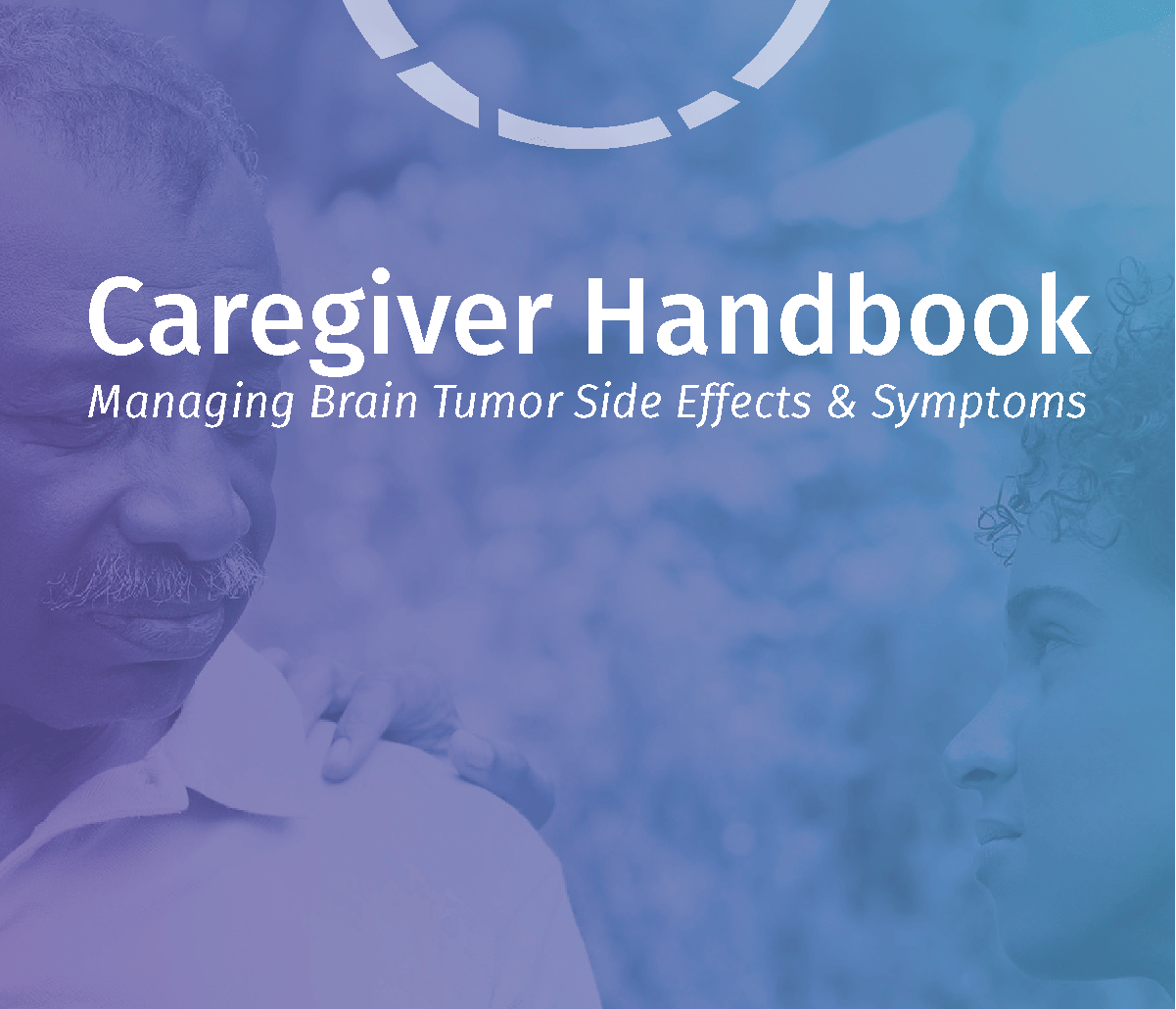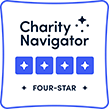These tumors arise from brain tissue called the “choroid plexus,” the portion of the brain that makes the fluid which flows around the brain and spine. These tumors come in three “grades” based on how they look under the microscope. The higher the grade, the more aggressive the tumor is (meaning more likely to spread throughout the brain and spine and more difficult to treat).
Grade 1 tumors are known as choroid plexus papillomas and are generally curable with surgery alone. Grade 2 tumors are called atypical choroid plexus papillomas and are also usually curable with surgery alone, though they grow back more frequently after surgery than grade 1 choroid plexus tumors. Grade 3 tumors are known as choroid plexus carcinomas and are quite aggressive.
Location
Symptoms
Treatment
Treatment for all types of choroid plexus tumors begins with surgery, ideally with all of the tumor being removed. While tumor removal may relieve hydrocephalus (excess water in the brain), in some cases patients may require the placement of a permanent ventriculoperitoneal shunt (drainage system) after tumor surgery.
Choroid plexus carcinomas are generally treated with post-operative chemotherapy. Radiation may be used but is often limited by the young age of patients.
Prognosis
Prognosis means a prediction of outcome. This information is usually based on information gathered from groups of people with the same disease. It is important to remember these statistics are not individualized.
The 5-year survival rates for choroid plexus by grade are as follows:
- Grade 1 (choroid plexus papilloma): nearly 100%
- Grade 2 (atypical choroid plexus papilloma): approximately 85%
- Grade 3 (choroid plexus carcinoma): 40-60%; <30% if TP53 mutation present
Incidence
Choroid plexus tumors are rare, comprising less than 5% of all pediatric brain tumors. They are more common in early infancy and represent over 10% of brain tumors diagnosed in the first year of life.
Choroid plexus tumors are even rarer in adults, accounting for less than 1% of all adult tumors diagnosed.
Age Distribution
Risk Factors
Molecular Profile
Molecular profiling is the detection of specific genes, proteins, or other molecules in a tumor. This information helps confirm tumor diagnosis, inform treatment options, and predict prognosis.
TP53 mutations are common in choroid plexus carcinoma and are associated with a worse prognosis.
Additional Resources
Content last reviewed:
April 2022 by Holly B. Lindsay, MD, MS and Donald Williams (Will) Parsons, MD, PhD





















